European corsairs of the Islamic Maghreb
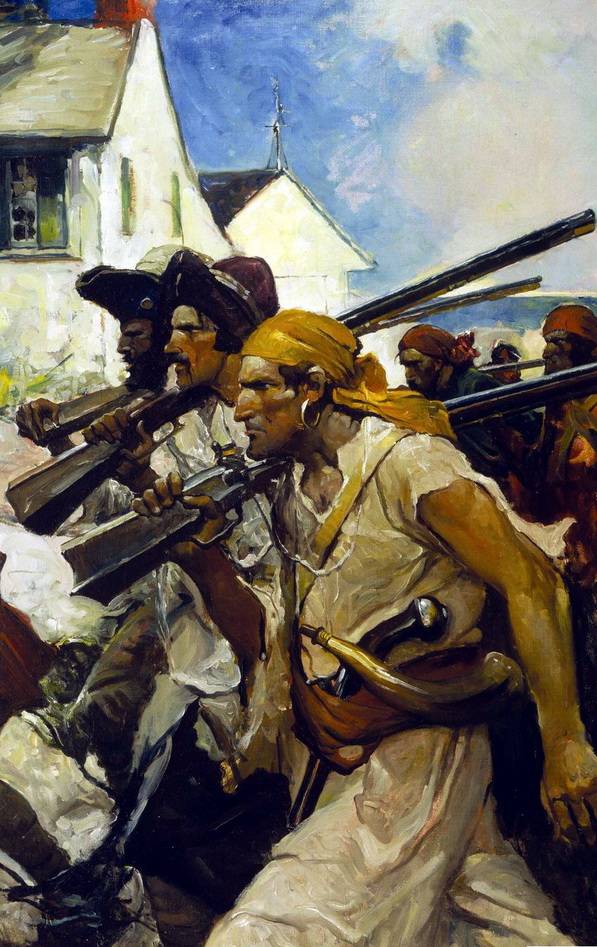
Continuing the story of the corsairs of North Africa and the Ottoman admirals, we will first discuss the “special path” of Morocco.
Among the states of the Maghreb, Morocco has always stood apart, trying to defend its independence not only from the Catholic kingdoms of the Iberian Peninsula, but also from the Ottoman Empire.
Since the beginning of the XNUMXth century, the Saadite clan began to play an increasingly important role in this country, whose representatives arrived here from Arabia in the XNUMXth century. According to legend, they, as the descendants of the Prophet Muhammad, were invited to improve the climate of Morocco with their “grace”, stopping or making the droughts shorter. However, the enemies of this family claimed that, in fact, the Saadites did not come from Muhammad, but from his nurse.
In 1509, the Saadites came to power in southern Morocco, the first ruler of this dynasty was Abu Abdallah ibn Abd al-Rahman (Muhammad ibn Abd al-Rahman).
In 1525, his sons took Marrakesh, in 1541 they captured the Portuguese-owned Agadir, and in 1549 they extended their power throughout Morocco.
The Saadites refused to submit to the Turkish sultans on the grounds that they were descendants of the prophet, while the Ottoman rulers had nothing to do with Muhammad.
Battle of the Three Kings
One of the rulers of this dynasty, Mohammed al-Mutawakkil, received the nickname Black King from Europeans: his mother was a Negro concubine. Being overthrown by his relatives, he fled to Spain, and then to Portugal, where he persuaded King Sebastian to win back the throne for him, and for himself - the former possessions in North Africa.
On August 4, 1578, at the confluence of the rivers Luccos and al-Mahazin, the 20-strong army, which, in addition to the Portuguese, included the Spaniards, Germans, Italians and Moroccans, joined the battle with the 50-strong Saadite army. IN history this battle was called the “Battle of the Three Kings”: the Portuguese and two Moroccan - the former and the ruling, and all of them then died.
The Portuguese army squeezed the opponents, but a blow to the flanks sent it to flight, and many soldiers, including Sebastian and Muhammad al-Mutawakkil, drowned, others were captured. The weakened Portugal then fell under Spanish rule for 60 years.
The Sultan of Morocco, Abd al-Malik, died of some disease before the start of the battle, and his brother, Ahmad al-Mansour (Victor), was proclaimed the new ruler of this country. In Morocco, he also received the nickname al-Zahabi (Golden), because he received a huge ransom for the noble Portuguese. And since he was also highly educated, he was also called "a scientist among caliphs and a caliph among scientists."
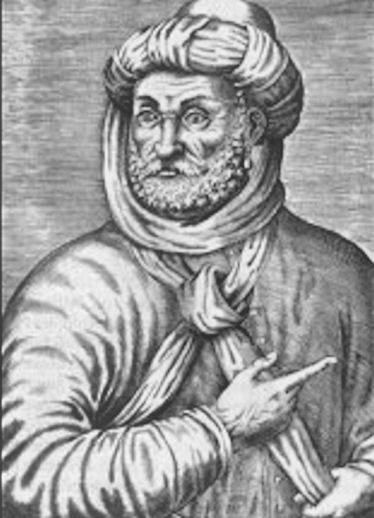
But Ahmad al-Mansur did not forget about military affairs: he managed to extend his power to Songai (a state in the territory of modern Mali, Niger and Nigeria) and seize its capital Timbuktu. From Songai, Moroccans for many years received gold, salt and black slaves.
The ambitions of Ahmad al-Mansour extended so far that after the defeat of the Spanish “Invincible Armada” in 1588, he entered into negotiations with Queen Elizabeth of England to divide Spain, claiming Andalusia.
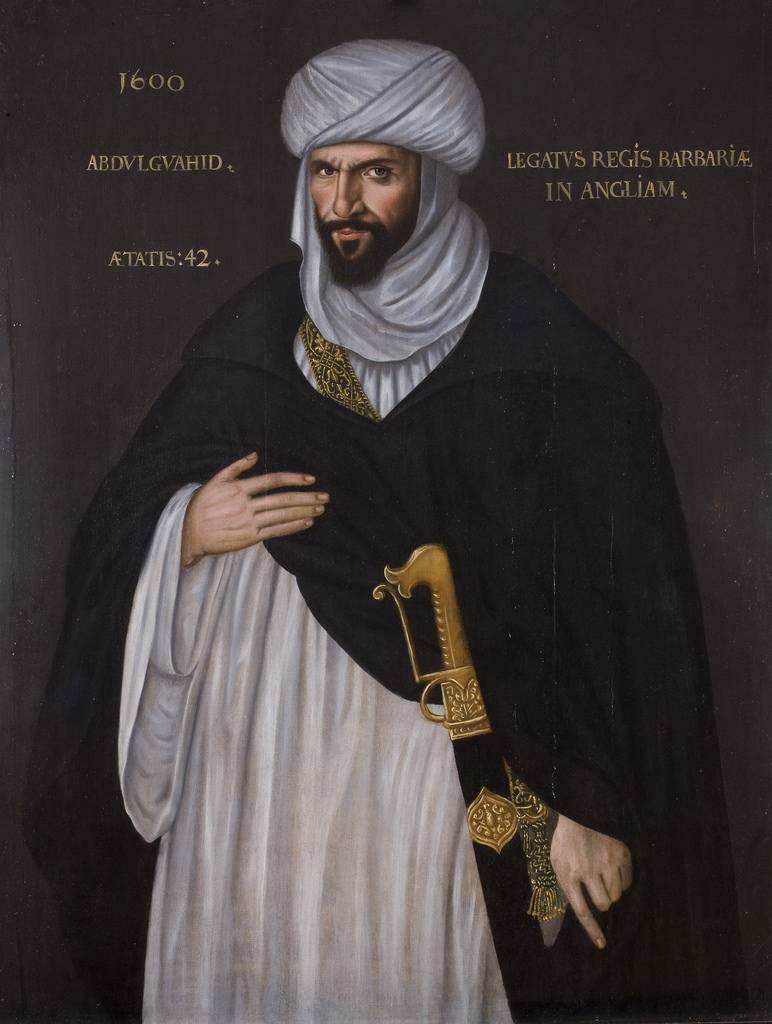
The fall of the Saadites
Everything collapsed after the death of Sultan Ahmad al-Mansour: the long-term struggle of the heirs led to the weakening of Morocco, the loss of connection with the Songian corps and, ultimately, with this colony. In the first half of the XVII century, before a single country turned into a conglomerate of semi-independent and completely independent principalities and free ports. The end of the Saadiot dynasty came then: in 1627 Fez fell, where Abd al-Malik III was entrenched, in 1659 the last representative of the dynasty, Ahmed III al-Abbas, was killed in Marrakesh during a palace coup.
As a result, the Aluite dynasty came to power in Morocco, which were descended from the grandson of the prophet Muhammad Hassan. The first sultan from this dynasty was Moulay Mohammed al-Sheriff. His successor, Moulay Rashid ibn Sheriff, captured Fez in 1666, and Marrakesh in 1668. Representatives of this dynasty still rule Morocco, which in 1957 was declared a kingdom.
Sale Pirate Republic
But back to the first half of the XVII century. Of particular interest to us is the pirate republic of Sale, which then arose in Morocco, which also included the cities of Rabat and Kasbah. And the Spanish inquisitors and King Philip III were involved in its appearance.
Article The Great Inquisitor of Torquemada It was told, among other things, about the expulsion of the Morisks from Valencia, Aragon, Catalonia and Andalusia.
Recall that the Morisks in Castile called the Moors forced to adopt Christianity, in contrast to the Mudejar, who did not want to be baptized and left the country.
Back in 1600, a memorandum was issued according to which the purity of blood in Spain now meant more nobility. And all the Moriski have since become people of the second, if not third grade. After the publication by King Philip III on April 9, 1609 of an edict very similar to Granada (1492), about 300 thousand people left the country, mainly from Granada, Andalusia and Valencia. Many of those who left Andalusia (up to 40 thousand people) settled in Morocco near the city of Sale, where there was already a colony of Spanish Moors who moved there at the beginning of the 1502th century. These were the Mudejar - the Moors who did not want to be baptized and therefore expelled from Spain in XNUMX. The “first wave” emigrants were known as “ornacheros” - after the name of the Spanish (Andalusian) city of Ornachuelos. Their language was Arabic, while newcomers spoke the Andalusian dialect of Spanish.
Hornacheros were able to take out all the property and funds from Spain, but the new fugitives were practically destitute. Naturally, they were not going to share with fellow tribesmen, and therefore many Moriski men soon found themselves in the ranks of the Barbarian pirates who had long been terrorizing the coasts of southern Europe. It was then that the star of the corsairs rose, the base of which was the fortified city of Sale, located on the north of the Atlantic coast of Morocco. And very many of the pirates of Sale were Moriski, who, among other things, knew the Spanish coast very well and were eager to avenge the loss of property and the humiliation suffered.
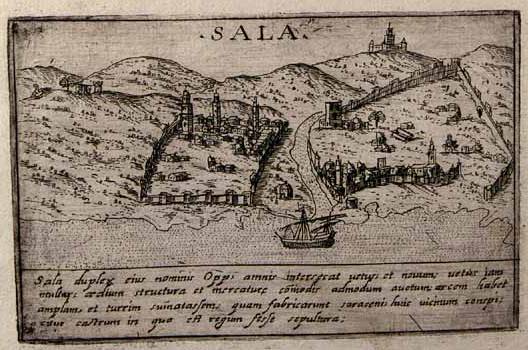
The modern region of Rabat - Sale - Kenitra in Morocco. Area - 18 385 sq km, population - 4 580 866 people:
From 1610 to 1627 three cities of the future republic (Sale, Rabat and Kasbah) were subordinate to the Sultan of Morocco. In 1627, they got rid of the power of the Moroccan sultans, and formed a kind of independent state that established diplomatic relations with England, France and the Netherlands (in the Old Quarter of Rabat, one of the streets is still called Consul Street).
The greatest influence in Sale was enjoyed by the English consul John Harrison, who even managed to stop the war between the cities of the pirate republic in 1630: Spain got the most from the Salis, and the British did not want this onslaught to weaken. And in 1637, the squadron of Admiral Rainsboro through bombing "led to submission to the central authorities" in Sale City of Kasbah.
In addition, in Sala there were permanent representations of trading houses in England, France, Holland, Austria, various Italian states, who bought their prey from "sea hunters".
This did not prevent the Sali corsairs from continuing to hunt European merchant ships, and in 1636 the British shipowners turned to the king with a petition stating that over the course of several years, pirates had captured 87 ships and inflicted losses of 96 pounds on them.
The "Republic" was ruled by fourteen pirate captains. Those, in turn, chose from their midst the "great admiral" who was the head of the republic - its "president." The first great admiral of Sale was the Dutch captain Jan Janszoon van Haarlem. This corsair is better known as Murat-reis the Younger. Did this name seem familiar to you? About Admiral Murat-Reis, who lived in 1534-1609, was described in the article "Ottoman pirates, admirals, travelers and cartographers". It was in his honor after converting to Islam that he took the name Yang Yanson. And now, in the pages of historical works, two Murats-reises are described - Elder and Younger.
However, Jan Janson was neither the first Dutchman nor the first European to become famous on the Maghreb. In previous articles, some very successful renegades of the 1574th century were described, for example, the Calabrian Giovanni Dionigi Galeni, better known as Uluj Ali (Kylych Ali Pasha). We add that, at about the same time, the rulers of Algeria were Islam-converted native of Sardinia Ramadan (1577-1577), the Venetian Hassan (1580-1582 and 1583-1580), the Hungarian Jafar (1582-1583) and the Albanian Memi (1586-1581 14). In 1631, 24 Algerian pirate ships were under the command of Europeans from different countries - former Christians. And in 35 there were already XNUMX renegade captains (out of XNUMX). Among them were Albanian Delhi Mimmi-reis, Frenchman Murad-reis, Genoese Feru-reis, Spaniards Murad Maltrapilo-reis and Yusuf-reis, Venetians Memi-reis and Memi Gancho-reis, as well as immigrants from Corsica, Sicily and Calabria. Now we will talk about the most famous renegades, corsairs and admirals of the Islamic Maghreb.
Simon Simonszoon de Dancer (Dancer)
A native of the Dutch city of Dordrecht, Simon Simonszoon was a staunch Protestant and hated Catholics, especially the Spaniards, who had repeatedly ravaged his country during the Eighty Years' War (17 Dutch provinces fighting for independence). His first ship was a "prize" obtained by Dutch privateers and honestly bought by Simon, which did not prevent the former owners of the vessel from charging him with piracy.
The circumstances of the appearance of Simon in Algeria are unknown. Once there, around 1600, he joined the local dey (the so-called commander of the Janissary corps of Algeria, the Janissaries there achieved the right to choose him independently in 1600). Algerian dei shared power with the appointed Sultan Pasha until 1711, and then became completely independent of Constantinople.
Simon set about reforming Algerian fleet on the model of the Dutch: he oversaw the construction of large ships, using captured European vessels as models, and involved captured officers for training crews. The most striking thing was that even in Algeria, Dancer did not change his faith.
However, he soon got bored on the shore and therefore three years later went to sea, very successfully piracy and terrifying the "merchants" of all countries, and even attacked Turkish ships. The Mediterranean Sea seemed to him cramped, and Simon de Dancer also piracy over Gibraltar, where he captured at least 40 ships.
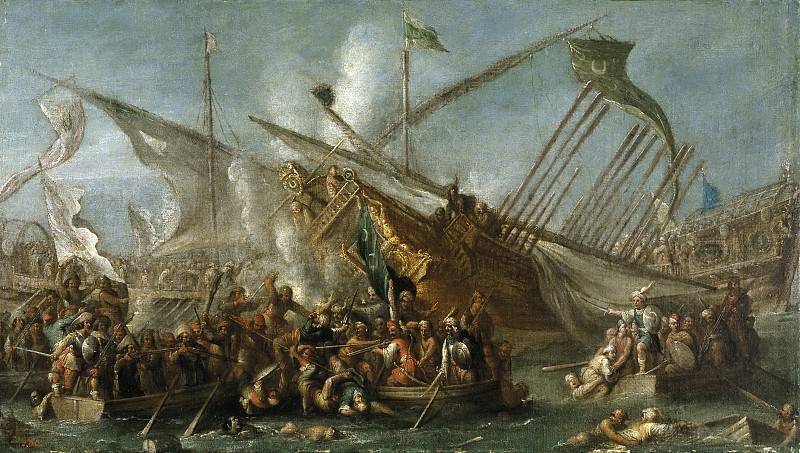
The reputation of this corsair was such that the Berbers gave him the nickname Captain Devil (Dali-Capitan). And the dancer Simon received the nickname for always returning with booty to the “home port” - such constancy was then called a “round dance”.
Later, two English "gentlemen of fortune" joined him - Peter Easton and John (in some sources - Jack) Ward (Ward). About them will be discussed later.
Many spoke about the cruelty of Simon de Dancer, but there is evidence that in his “round dance" he did not commit anything particularly distinguishing him among his "colleagues." There was always a surgeon on board his ship, assisting the wounded, and Dancer, the crippled pirates, was paid a “severance pay” so that they would not be miserable at least for the first time ashore. In addition, he usually did not attack ships flying the Dutch flag and even redeemed from the slavery of Dutch sailors. And once he did not rob the British ship Charity, the captain of which said that only 6 days ago he was robbed by John Ward's corsairs.
Moorish pirates, including members of his crews, did not particularly like this scrupulousness. As a result, having received from the French government an offer to transfer to the royal naval service, Dancer in 1609 was forced to practically flee Algeria. He secretly cashed out all the funds he had and placed the treasury on the ship, the crew of which was mainly Dutch, Friezy and French from Dunkirk. Then, having bought three ships with goods, he also equipped them mainly with Europeans. Having waited for the moment when the majority of the Moors who were in the crews of these ships went ashore, he sailed from Algeria to Marseille. Some of the Moors still remained on these ships: Simon ordered them to be thrown overboard.
Deciding that it was impolite to go to the French with empty hands, he looked into Cadiz, where he discovered the Spanish Silver Fleet at the mouth of the Guadalquivir. Suddenly attacking his ships, he captured three ships, on which there were gold and treasures for half a million piastres (pesos). Arriving in Marseille on November 17, 1609, he transferred this money to the representative of the authorities - the Duke of Giza. He could afford such a broad gesture: at that time the condition of the corsair was estimated at 500 thousand crowns.
In Marseilles there were people affected by the actions of this pirate, so the first time he was constantly guarded by the most “representative” and decisive members of his crew, one kind of which fought off the “showdown”. It is curious that the authorities sided with the defector, telling the merchants that they should be very happy about the fact that Dancer is now in Marseille, and not “walking” by sea, waiting for their ships. But subsequently, Simon settled some of these cases, paying offended some compensation.
On October 1, 1610, at the request of Marseilles merchants, he led the operation against Algerian pirates and captured several ships. In the Maghreb, he was not forgiven for switching to the side of France.
This corsair died in 1615 in Tunisia, where he was sent for negotiations on the return of ships captured by the corsairs. Sending Simon, representatives of the French authorities strictly forbade him to go ashore, but the meeting arranged by the local authorities dispelled all his fears: three French ships were greeted with cannon salute, the ruler of the city Yusuf Bey boarded and, in every possible way demonstrating friendliness, invited Simon to bring return visit. In the city, the Dutchman was immediately captured and beheaded. His head was thrown in full view of the French sailors at the walls of Tunisia.
Suleiman Reis
Dirk de Venbor (Ivan Dirkie De Veenboer) started as the captain of one of the ships of Simon Dancer, but soon became an independent "admiral" - and then one of his captains was Jan Yanson - the future "younger" Murat-reis.
Dirk de Wenbor was a native of the Dutch city of Horn, in 1607 he received a privateer certificate from the government of the Netherlands, but luck awaited him off the coast of North Africa. Having adopted Islam, he quickly became famous under the name Suleiman-Reis, becoming one of the most successful corsairs of Algeria. The number of ships of his squadron reached 50, and he managed them very sensibly and skillfully.
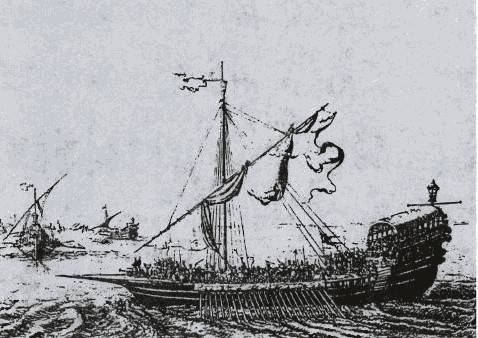
In a short time, Suleiman-reis became so rich that he retired for some time, settling in Algeria, but did not sit on the shore, went to sea again. October 10, 1620 during the battle with the French squadron, he was seriously wounded, which became fatal.
John Ward (Jack Birdy)
Andrew Barker, who published the “True Captain Ward Piracy Report” in 1609, claims that this corsair was born in 1553 in the small town of Feversham, in Kent. But the first fame and certain authority in the relevant circles was in Plymouth (this is not the east of England, but the west - the county of Devon).
At the end of the XVI century, he, as a privateer, fought a little with the Spaniards in the Caribbean. Returning to Europe, Ward, in the company of a certain Hugh Whitebrook, began hunting for Spanish merchant ships in the Mediterranean.
But after King James I signed a peace treaty with the Spaniards in 1604, the English privateers were left without work. In Plymouth, Ward was jailed following a complaint from a Dutch shipowner. The judges decided that the arrested pirate was quite suitable for service in the Royal Navy, where Ward was identified - of course, without asking his opinion on this matter. John did not stop in the service: with a group of "like-minded people" he captured a small bark and went to sea. Here they managed to board a small French vessel, on which they at first “played a bit” in the waters of Ireland, and then came to Portugal.
Already then, among the sea robbers there was a rumor about the "hospitality" of the Moroccan city of Sale, where Ward sent his ship. Here he met another Englishman with a criminal biography - Richard Bishop, who happily joined his compatriots (this corsair later managed to receive an amnesty from the British authorities and spent the rest of his life in West Cork, Ireland).
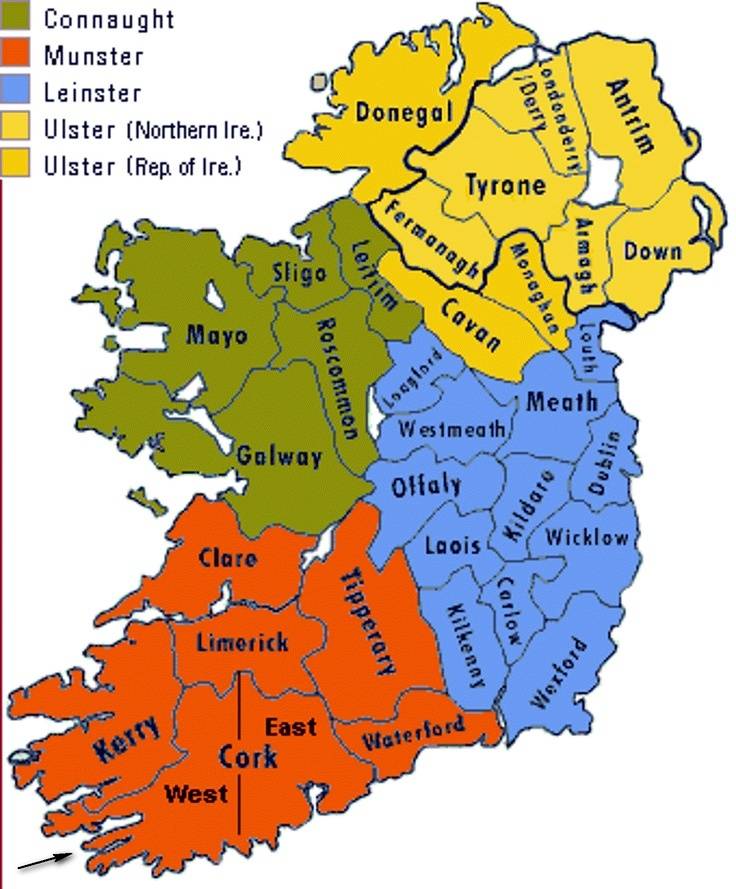
Ward exchanged his "prizes" for the 22-gun Dutch flute "Gift", the crew of this ship was 100 people.
But piracy without a patron is a thankless task. And therefore, in the summer of 1606, Worth passed under the auspices of the dey (governor) of Tunisia Utman Bay.
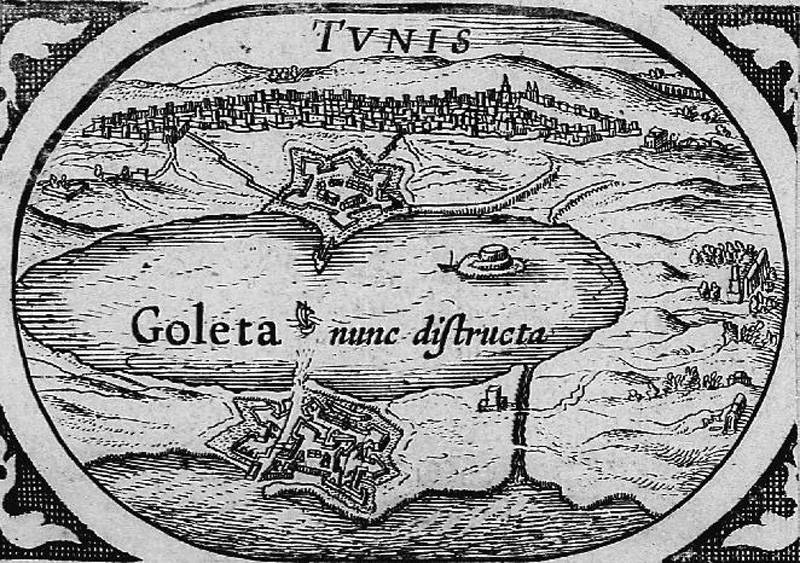
In 1607, Ward already commanded a squadron of 4 ships, the flagship was "Gift".
At the insistence of the act in 1609, Ward had to convert to Islam, but John was a man of free views, and did not experience any complexes in this regard. Moreover, according to the testimony of the Benedictine monk Diego Haedo, already in 1600 Europeans who converted to Islam made up almost half of the population of Algeria. And in Sala still show a building called the "mosque of the British." And in other ports of the Maghreb, there were also a lot of renegade Europeans.
Ward's new name is Yusuf-reis. In 1606-1607 his squadron captured many "prizes", the most valuable of which was the Venetian ship Renera e Soderina with a load of indigo, silk, cotton and cinnamon, which was estimated at two million ducats. This ship, armed with 60 cannons, became Ward's new flagship, but in 1608 it sank during a storm.
The anonymous British sailor who saw Ward in 1608 left this description of this leader of the corsairs:
The Scot, William Lightgow, who met with Ward in 1616, after his conversion to Islam, describes him differently:
Lightgow claims that the "pirate king" at that time drank only water.
And here is how the Scot describes the house of this pirate:
A real palace, decorated with expensive marble and alabaster stones. There were 15 people in the service, the Muslim British. ”
Ward Yusuf kept many birds in his Tunisian palace, for this reason he received the nickname Jack Birdy - Jack Bird.
Lightgow claims to have personally seen this aviary with birds. According to him, he said then that he now understands why Ward is called the Bird.
The former pirate grinned bitterly:
Lightgow reassured him:
As you can see, unlike the movie Jack Sparrow, Ward was not at all proud of his nickname. More decent to him, apparently, seemed to be something else received at sea - Sharky (Shark).
There is evidence that Ward wanted to return to England and through intermediaries even offered the British king James I Stuart a "bribe" of 40 thousand pounds. But this was opposed by the Venetians, whose ships Ward too often captured in the Mediterranean.
The last time Yusuf Ward went to sea in 1622: then another Venetian merchant ship was captured. In the same year he died - in Tunisia. The cause of his death, some call the plague.
In Britain, Ward became the hero of several ballads in which he looks like a "marine Robin Hood." One of them tells how Ward released the captured English skipper, asking him to transfer to him his wife left in England 100 pounds. The skipper did not fulfill his promise, and then Ward, capturing him again, ordered to throw the deceiver from the top of the mast into the sea. An English playwright of the XNUMXth century Robert Darborn wrote a play about him, “A Christian Who Becomes a Turk”, which claims that Ward converted to Islam because of his love for the beautiful Turkish woman. However, in fact, his wife was a noblewoman from Palermo, who also converted to Islam.
Peter Easton
Another associate of Simon de Dancer - Peter Easton, unlike some other pirates, did not feel any sympathy for his compatriots and stated that he "scourged all the English, respects them no more than the Turks and Jews."
At the height of his career, there were 25 ships under his command. In 1611, he wished to receive an amnesty from King James I, this issue was discussed at the highest level and was resolved positively, but the British bureaucrats were late: Easton went to Newfoundland, and then, having not learned of the king’s forgiveness, returned to the Mediterranean Sea, where the Tuscan Duke Cosimo II of Medici offered him amnesty.
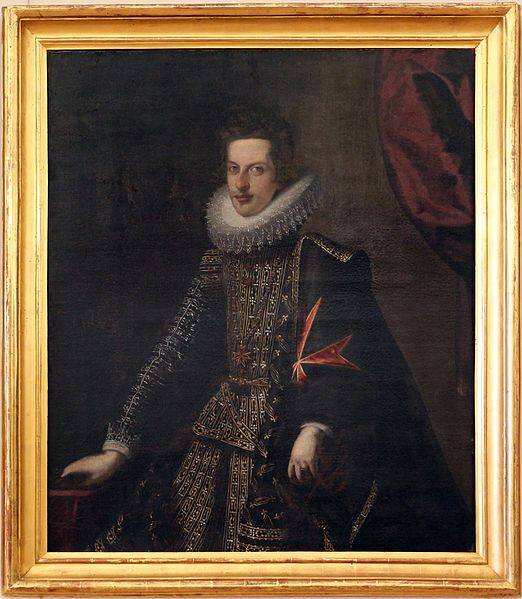
In Livorno, the corsair brought four ships, the crews of which totaled 900 people. Here he bought the title of Marquis, married, and led the measured life of a law-abiding citizen until the end of his life.
After the death of Suleiman-Reis, Simon de Dancer and John Ward, a man who took on the big name Murat-Reis came to the fore.
Murat Reis the Younger
Jan Jansoon, like Simon de Dancer and Suleiman-reis, was born in the Netherlands during the so-called Eighty Years War (for independence) with Spain, which began in the 60s of the sixteenth century.
He began his naval career as a corsair, hunting for Spanish ships near the hometown of Haarlem. This business was dangerous and not too profitable, and therefore Yanson went to the shores of the Mediterranean Sea. Things went better here, but the competition was extremely great. Local corsairs in 1618 ambushed his ship near the Canary Islands. Once captured, the Dutchman expressed an ardent desire to become an Orthodox Muslim, after which his affairs went even better. He actively collaborated with other European corsairs. There is evidence that Murat-reis tried to redeem compatriots captured by other pirates. In 1622, this corsair visited Holland: having arrived at the port of Fira on a ship under the Moroccan flag, he “campaigned into the pirates” dozens of sailors who later served on his ships.
In the end, he, as already mentioned above, was elected the “great admiral” Sale and married there.
In 1627, the “youngest” Murat Reis attacked Iceland. At the Faroe Islands, the pirates managed to capture a Danish fishing boat, on which they freely entered Reykjavik. The main production was from 200 to 400 (according to various sources) young men who were profitably sold in slave markets. The Icelandic priest, Olav Egilsson, who managed to return from captivity, claimed that there were many Europeans in the crews of the corsair’s ships, mostly Dutch.
In 1631, Murat Reis ships attacked the coast of England and Ireland. The town of Baltimore in the Irish county of Cork (the inhabitants of which they themselves hunted for piracy) after this raid was empty for several decades.
Some researchers believe that the Baltimore victims of the struggle of local clans, one of which "invited" corsairs for a "showdown" with opponents. Local Catholics were later accused of the fact that for some strange coincidence, almost all the captured Irish (237 people) were Protestants.
Others believe that the "customers" of the raid were the merchants from Waterford, who were constantly robbed by Baltimore pirates. As confirmation of this version, they point to information that one of the Waterford merchants (named Hackett) was hanged by the surviving Baltimore immediately after the attack of the Sali corsairs.
Then the Murat Reis pirates attacked Sardinia, Corsica, Sicily and the Balearic Islands, until he was captured in 1635 by the hospitals of Malta.
He managed to escape in 1640 when the island was attacked by pirates from Tunisia. The last mention of this Dutchman dates back to 1641: at that time he was the commandant of one of the Moroccan fortresses. With him then was his first wife, brought at his request from Holland, and his daughter Lisbeth.
It is also known that his sons from his first wife were among the Dutch colonists who founded the city of New Amsterdam, which in 1664 came under British control and was called New York.
Completion of the history of the pirate republic of Sale
In 1641, Saleh subjugated the Sufi order of Dilahites, which at that time already controlled almost the entire territory of Morocco. The corsairs did not like to live under the rule of Sufis, and therefore they made an alliance with Mulay Rashid ibn Sheriff from the Aluite clan: with his help, in 1664, Sufis were expelled from Sale. But after 4 years, the same Moulay Rashid ibn Sheriff (since 1666 - the Sultan) annexed the cities of the pirate republic to Morocco. The pirate freemen came to an end, but the corsairs did not disappear: now they were subordinate to the Sultan, who owned 8 of the 9 ships that went on the "sea fishing".
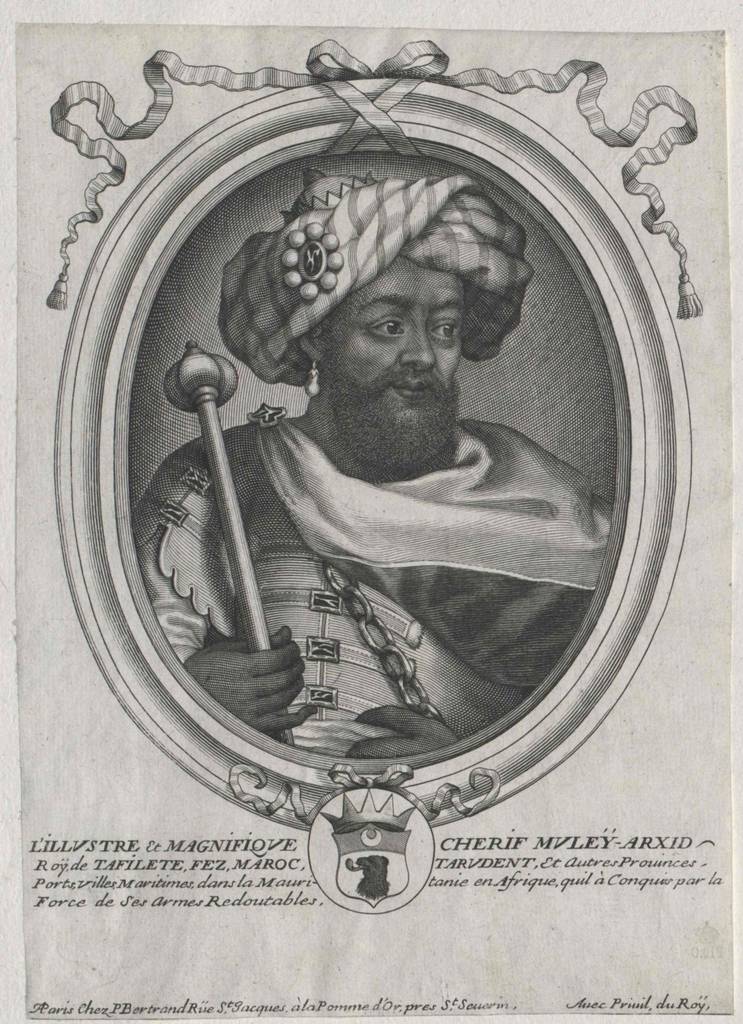
Barbary corsairs of Algeria, Tunisia and Tripoli still plowed the expanses of the Mediterranean Sea. The story of the Maghreb pirates is continued in the next article.
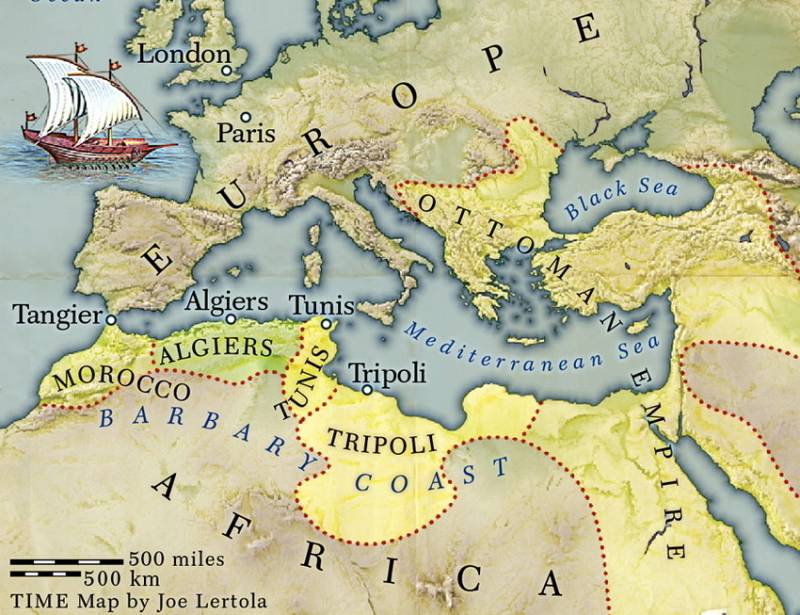
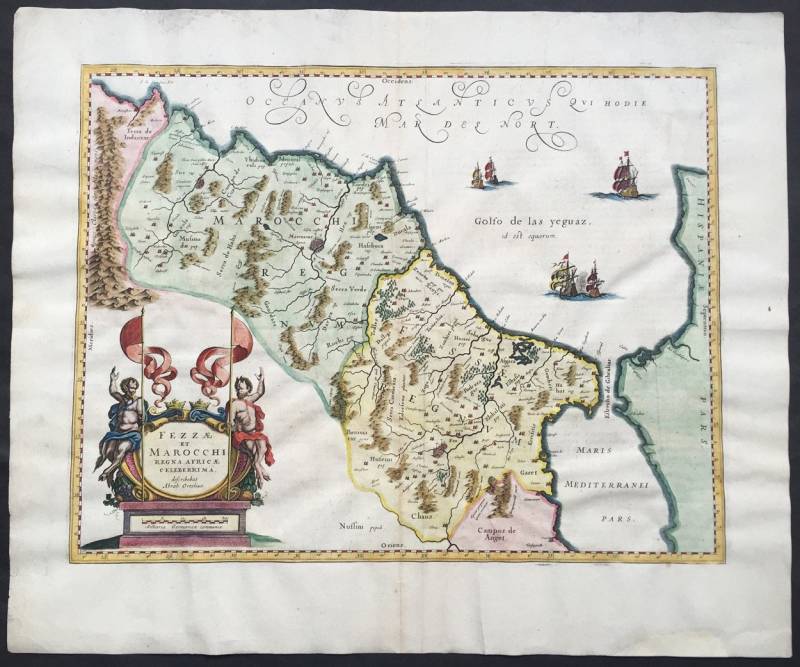
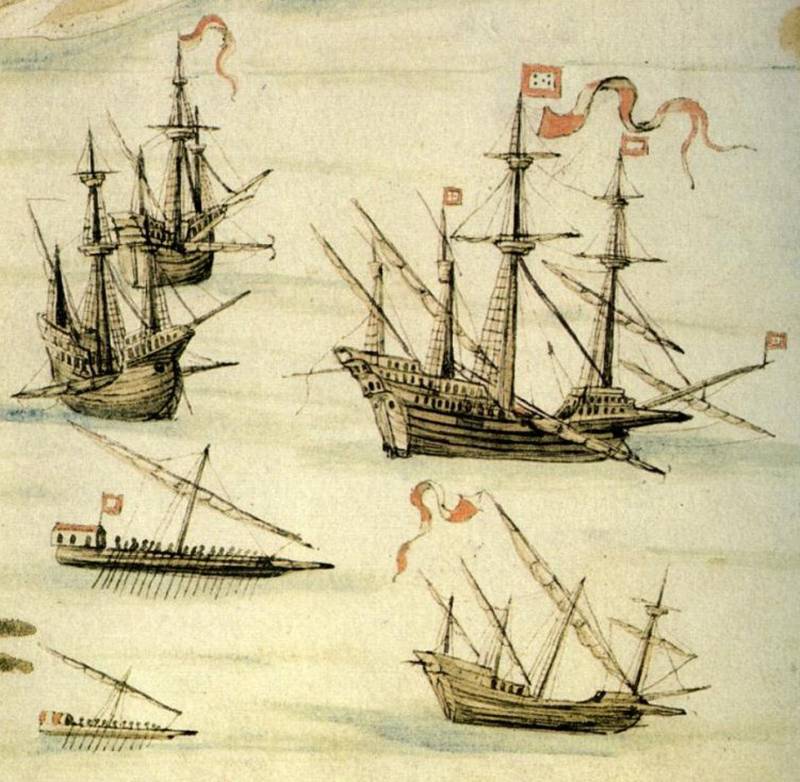
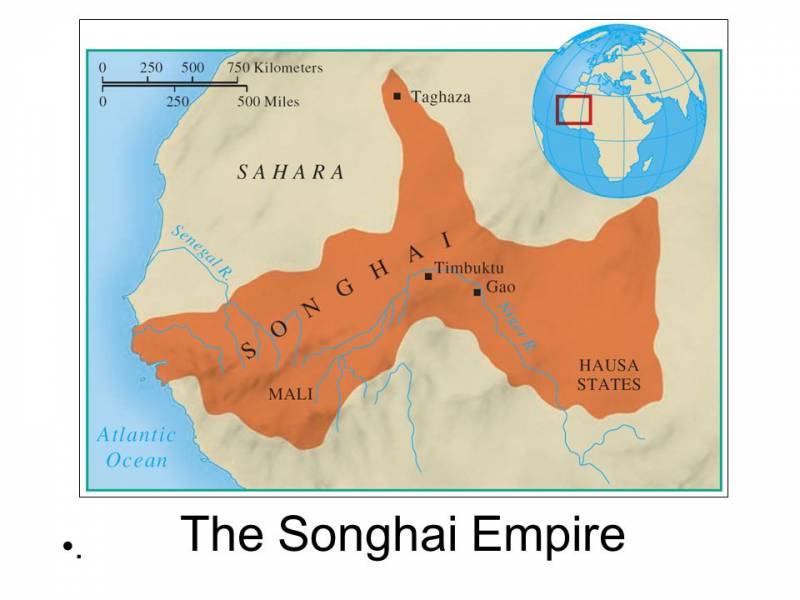
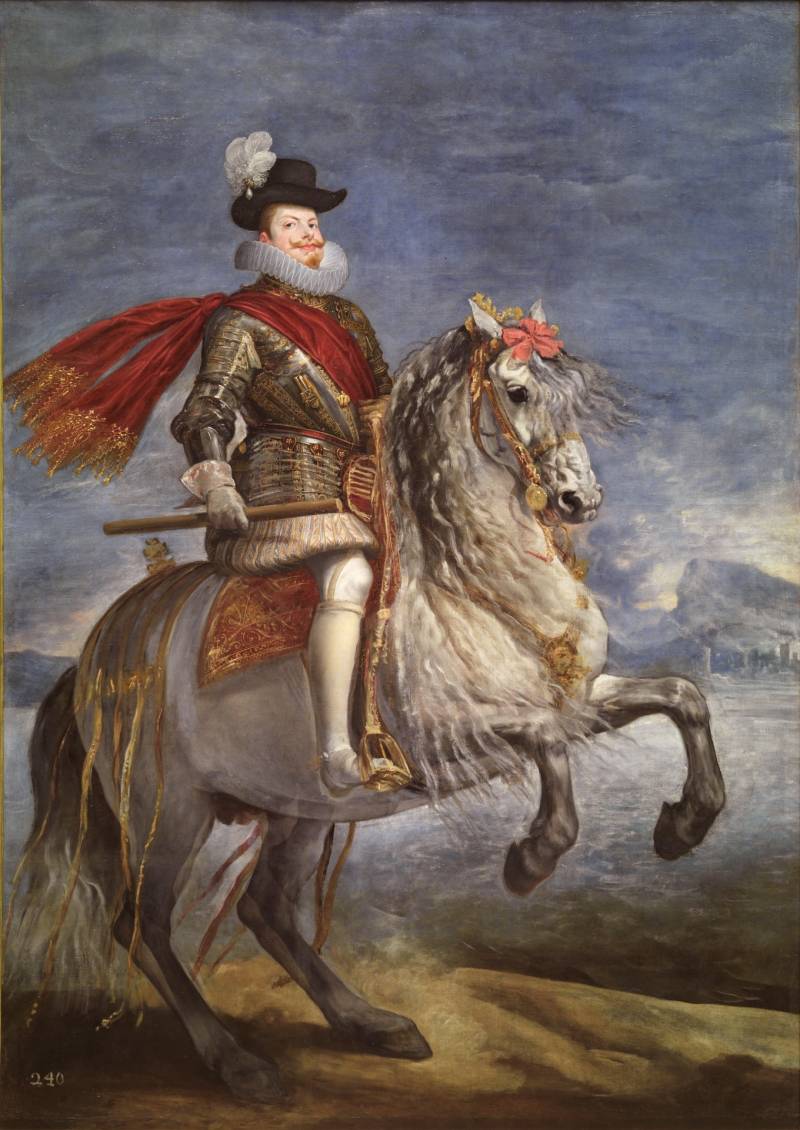
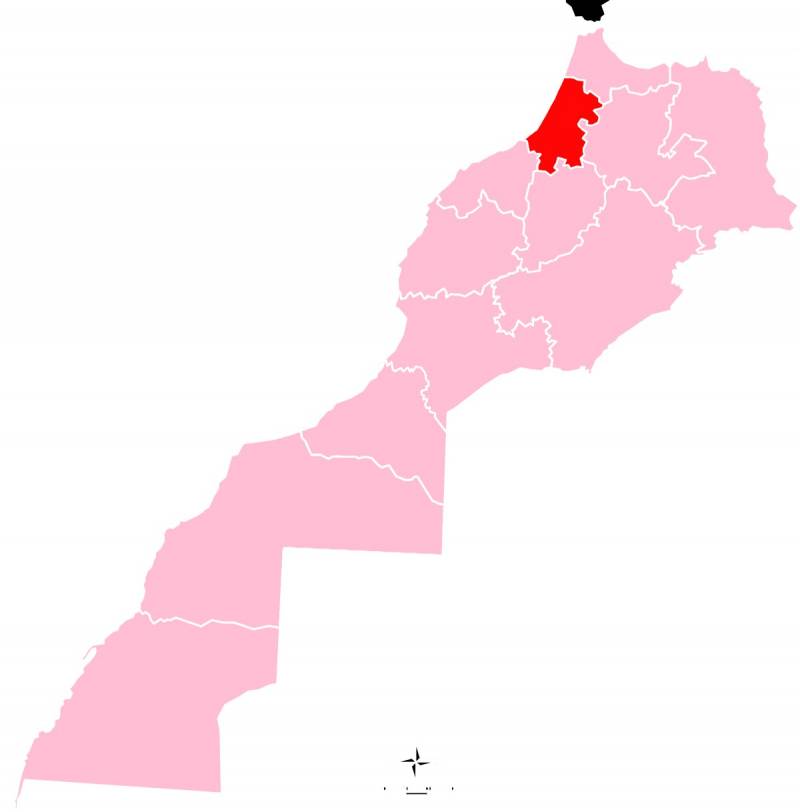
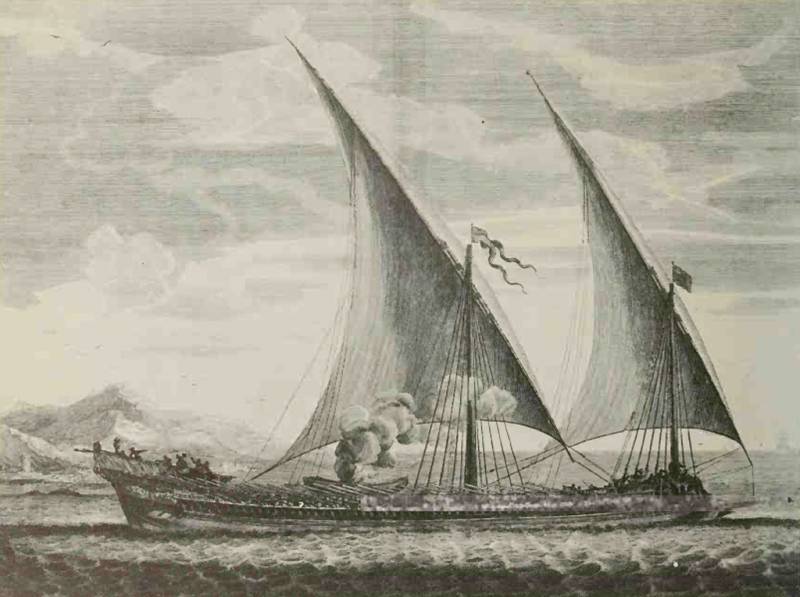
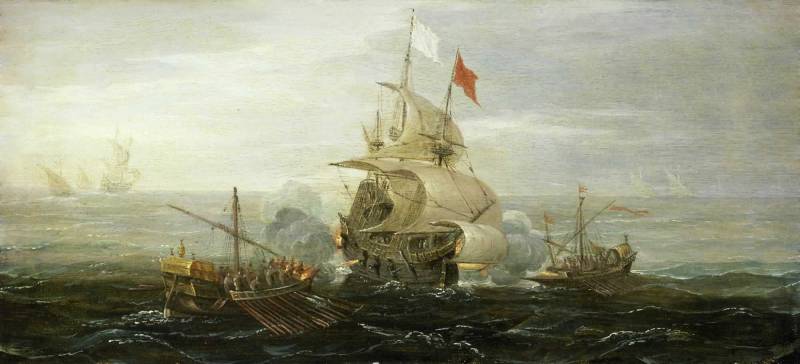
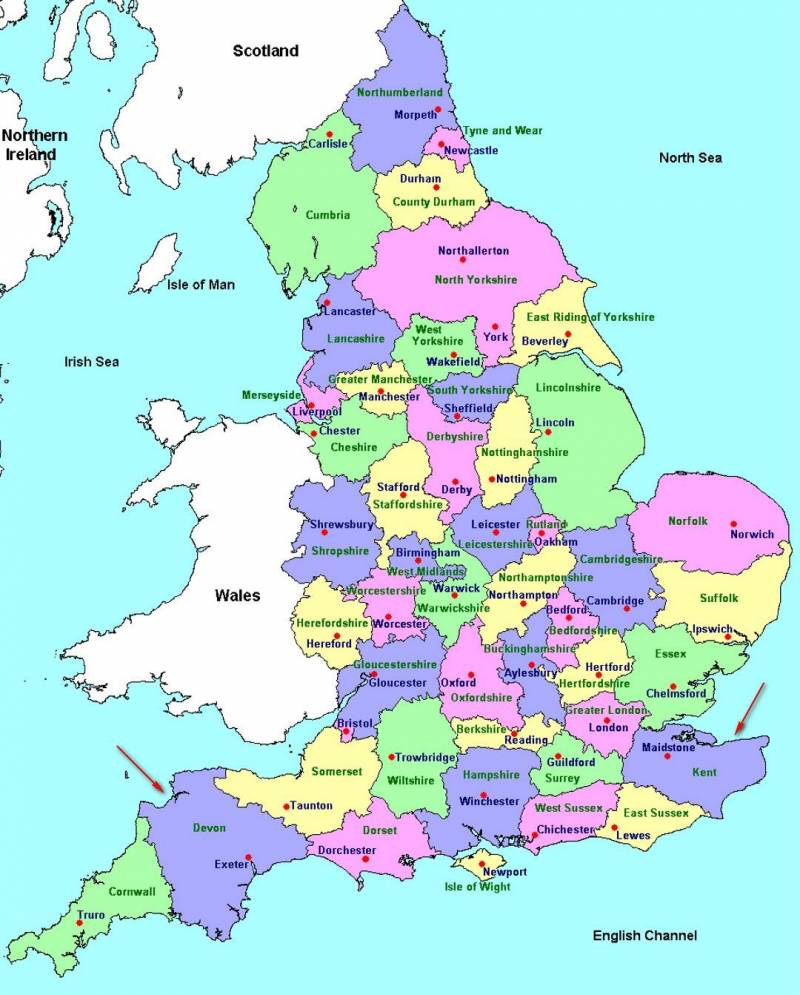
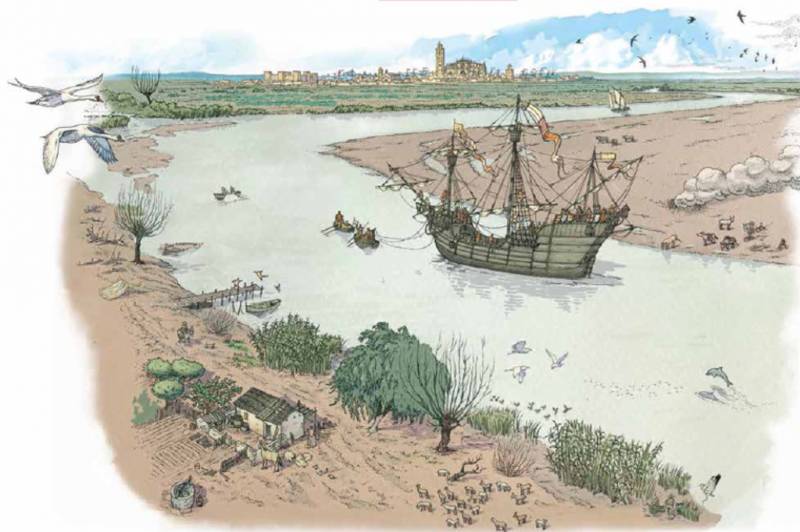
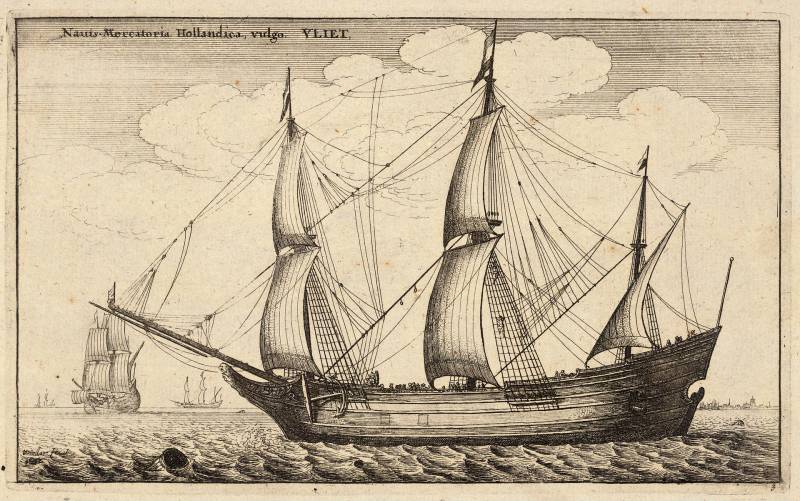
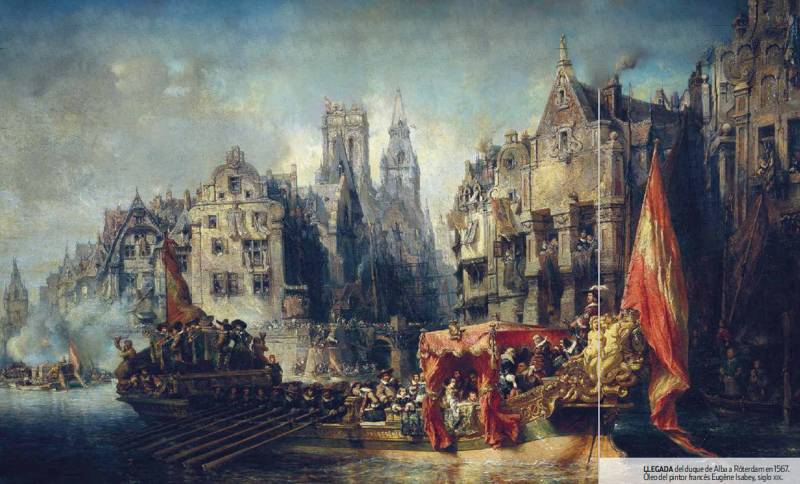
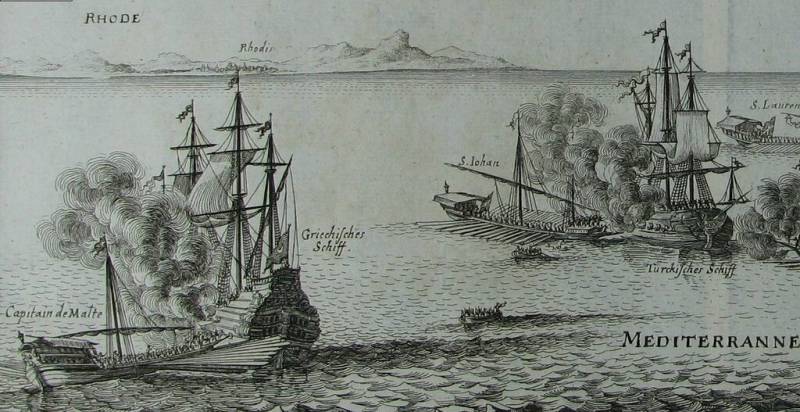
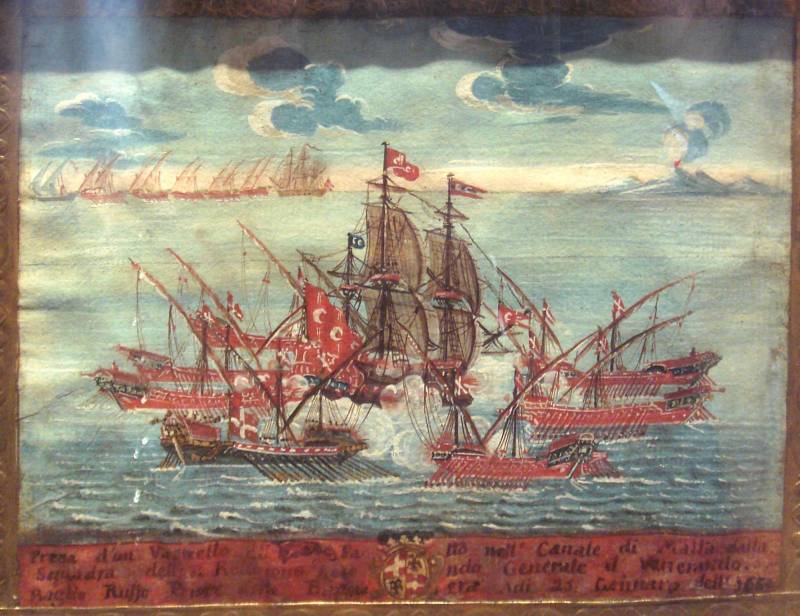
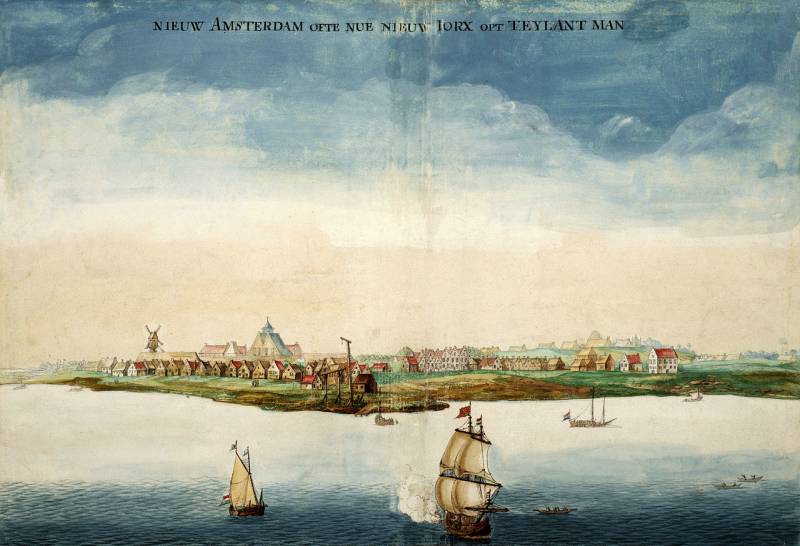
Information